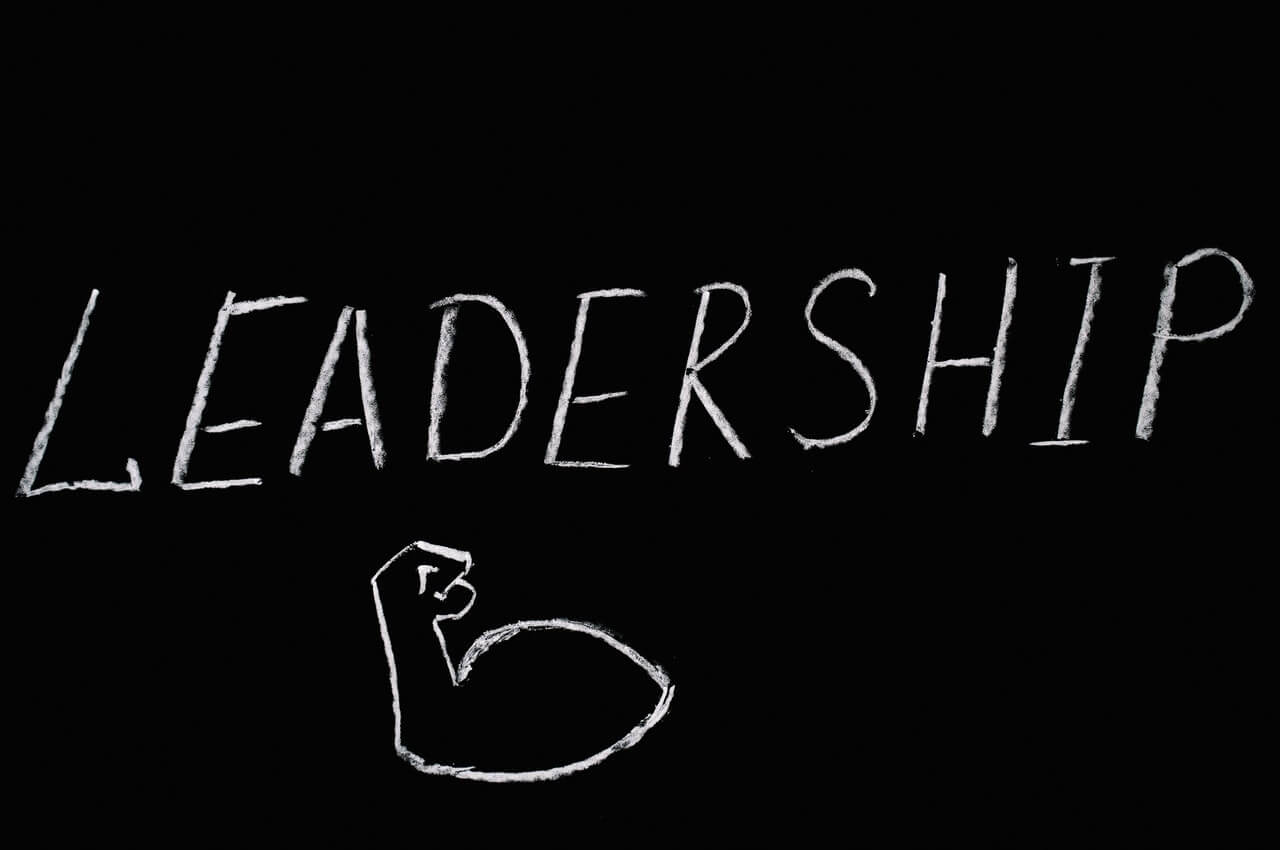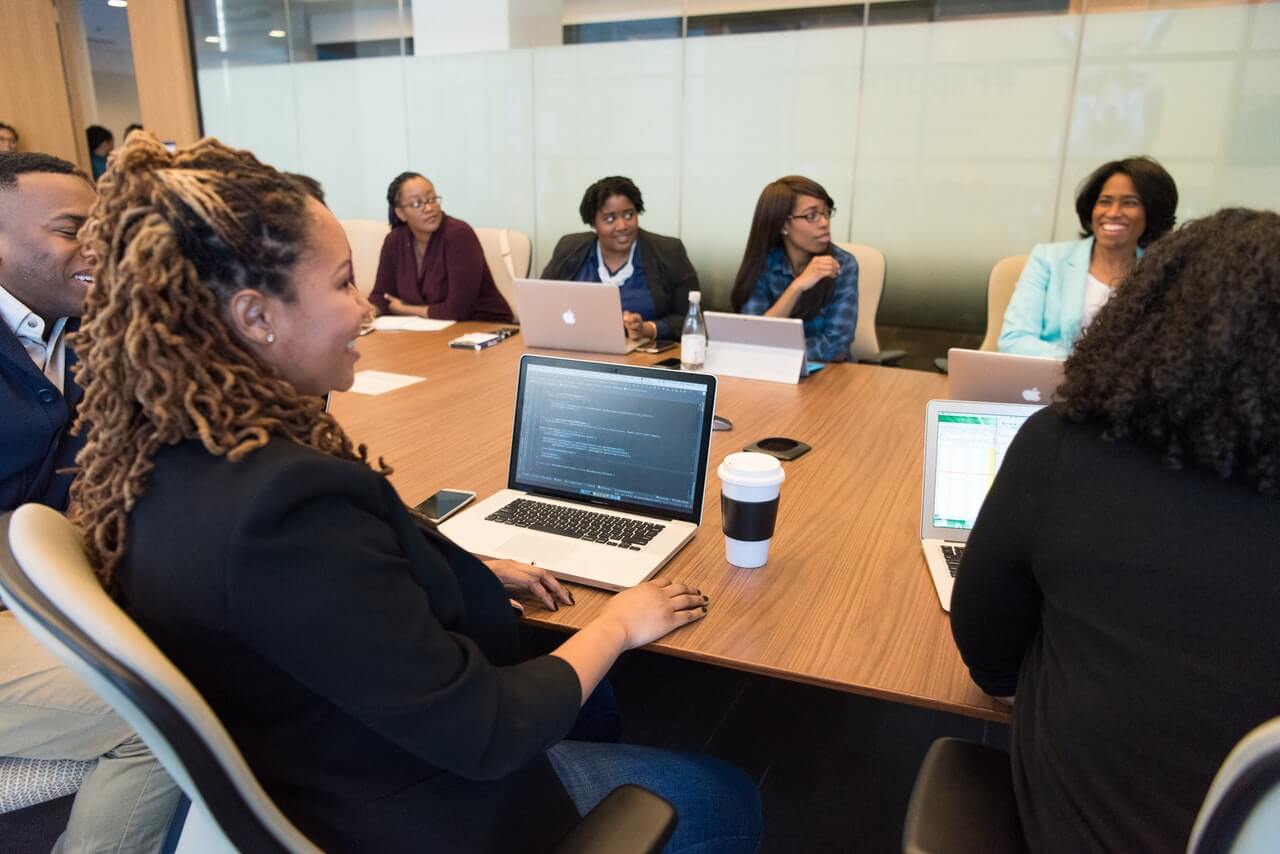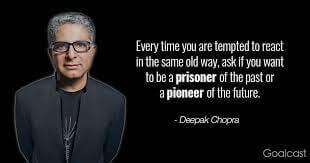Professional Development
Most Popular
When it comes to crisis management, choose your words wisely One of the most common requests from clients of ours are for ways to “say no comment without saying no comment.” Yes, communication and transparency are crucial in today’s business environment, but sometimes it’s just not in your best interest to discuss a particular topic. …
Two very useful skills in communicating with others, including when coaching and facilitating, are paraphrasing and summarizing the thoughts of others. How to Paraphrase When Communicating and Coaching With Others Paraphrasing is repeating in your words what you interpreted someone else to be saying. Paraphrasing is powerful means to further the understanding of the other …
How to Design Your Personal and Professional Development Program © Copyright Carter McNamara, MBA, PhD, Authenticity Consulting, LLC. Self-directed learners can use these guidelines to develop their own training plan. Whether their training goals involve learning certain topics and/or skills, learners can start their learning by starting their planning. NOTE: Do not be intimidated by …
Every trainer and facilitator has his/her favorite team building activity. Some facilitators like the more active interventions such as rope courses; others prefer the more “touchy-feely” ones like trust walks; still others like using blind-folded instruction, or simulations like Gold of the Desert Kings. Of course the most appropriate team building activity for a group …
What Makes for An Effective Leader? © Copyright Sandra Larson, Minneapolis, MN. Sandra Larson, previous executive director of MAP for Nonprofits, was once asked to write her thoughts on what makes an effective leader. Her thoughts are shared here to gel other leaders to articulate their own thoughts on what makes them a good leader. …
Critical Thinking Skills: What It Is, Examples and Guidelines Copyright Carter McNamara, Authenticity Consulting, LLC Sections in This Topic Include What is Critical Thinking? Benefits and Examples of Critical Thinking How Good Are Your Critical Thinking Skills? Developing Your Critical Thinking Skills General Resources Also consider Concentration Creative Thinking Mindfulness Mindsets Reframing Systems Thinking Strategic …
Overview of the Field of Organization Development Much of the contentof this topic came from this book: Copyright Carter McNamara, MBA, PhD Focus and Scope of This Topic The purpose of this topic is to acquaint the reader with the field of Organization Development, a field with a rich history of research, publications and highly …
Peter Block, in his book, Flawless Consulting, suggests that certain goals and assumptions always be primary for consultants, that is, for individuals working to help people, but not having authority over those people. He suggests the following goals and assumptions. Primary Working Goals of Consultants 1. Establish a collaborative relationship with your clients As a …
Peter Block, in his book, Flawless Consulting, suggests that certain goals and assumptions always be primary for consultants, that is, for individuals working to help people, but not having authority over those people. He suggests the following goals and assumptions. Primary Working Goals of Consultants 1. Establish a collaborative relationship with your clients As a …
As we clarified in Parts 1 and 2 of 3, if your clients don’t participate in the consulting to improve their organization, then you are faced with the dilemma: “Should I just do the work for the client, or should we keep slipping deadlines in the project”. However, long-lasting change will not occur in their …
Different people are motivated by different things. It’s very important to know what really motivates you. Otherwise, the quality of your work will suffer. When helping another person, it’s very important to know what really motivates them, as well, so that you can build those motivators into your work with them. Consider from among the …
Peter Block, in his seminal consulting book, Flawless Consulting, writes, “There is a set of skills that is an essential part of consulting over and above technical expertise and interpersonal skills – and these are consulting skills” (Jossey-Bass, 2000, p. 6). Yet, the myth continues that technical and people skills are sufficient for successful consulting. …
Small organizations are often like small families, with all of the ensuing dynamics and challenges that we encounter in families of our own. This presents special challenges for consultants when working to help leaders of these organizations to solve problems and learn at the same time. However, this also presents opportunities for the consultants who …
A common question that we get is “How can I get my clients to participate in the consulting project when they seem too busy to even attend our meetings?” This question is relevant whether you are an internal or external consultant. In those situations, you are faced with the dilemma: “Should I just do the …
See Challenges in Consulting to Small Organizations – Part 1 . 5. The organizations are often too small to justify or pay for expensive outside advice. Even when struggling with recurring issues, many small organizations hesitate to spend money on what is seen as diverting valuable dollars from sales and services. So when they do …
See Challenges in Consulting to Small Organizations (Part 1 of 3) and Challenges in Consulting to Small Organizations (Part 2 of 3). 8. The focus of consultant projects can change frequently. Smaller organizations, like larger organizations, are dynamic and complex. New and different problems can arise at any level in the organization. However, in smaller …
Critical Thinking Skills: What It Is, Examples and Guidelines Copyright Carter McNamara, Authenticity Consulting, LLC Sections in This Topic Include What is Critical Thinking? Benefits and Examples of Critical Thinking How Good Are Your Critical Thinking Skills? Developing Your Critical Thinking Skills General Resources Also consider Concentration Creative Thinking Mindfulness Mindsets Reframing Systems Thinking Strategic …
Concentration: What It Is, Examples and Guidelines Copyright Carter McNamara, Authenticity Consulting, LLC Sections in This Topic Include What is Concentration? Causes of Poor Concentration Test – How Well Do You Concentrate? Strategies to Improve Your Concentration Also consider Creative Thinking Critical Thinking Mindfulness Mindsets Reframing Systems Thinking Strategic Thinking Related Library Topic What is …
Many people in the eastern half of the US are cleaning up debris in the aftermath of Hurricane Irene and the Gulf storm impact from Lee. Several thoughts crossed my mind about the symbolic nature of the rain and storms this past week. In various Earth-based faith traditions water symbolizes cleansing, emotions, purifying. Emotions– What …
Creative Thinking Skills: What It Is, Examples and Guidelines Copyright Carter McNamara, Authenticity Consulting, LLC Sections in This Topic Include What is Creative Thinking? Benefits and Examples of Creative Thinking Developing Your Creative Thinking Skills Also consider Concentration Creative Thinking Critical Thinking Mindfulness Mindsets Reframing Systems Thinking Strategic Thinking Related Library Topics Learn More in …
Career transitions bring career challenges as well as career opportunities. Here are some. “I’ve started a new job in a company that’s so different from the one I came from. I feel it might be a mistake.” “I’ve been promoted from supervisor to project manager, and I’m struggling to know what to focus on.” “I’ve …
Many people move through life without stopping to think about where they are going. And as we learned in Alice in Wonderland, ‘if you don’t know where you’re going any road will take you there.’ With a clear vision of what your highest dreams are you can start to put the pieces of your life …
How to Improve Your Thinking Skills Thinking skills are how you use your brain to recognize, interpret, analyze and come to conclusions about information. It is you use your brain to make decisions and solve problems. It also is how you use your brain to convey information to others, including to clarify what you want …
Not everyone is motivated by the same thing. It really is different strokes for different folks. Some people thrive on being creative and innovative whereas others prefer stability and continuity. Challenge and constant simulation may be important to one person, while creating a work/life balance is paramount to another. So, what is important to you …
Two very useful skills in communicating with others, including when coaching and facilitating, are paraphrasing and summarizing the thoughts of others. How to Paraphrase When Communicating and Coaching With Others Paraphrasing is repeating in your words what you interpreted someone else to be saying. Paraphrasing is powerful means to further the understanding of the other …
Every trainer and facilitator has his/her favorite team building activity. Some facilitators like the more active interventions such as rope courses; others prefer the more “touchy-feely” ones like trust walks; still others like using blind-folded instruction, or simulations like Gold of the Desert Kings. Of course the most appropriate team building activity for a group …
What Makes for An Effective Leader? © Copyright Sandra Larson, Minneapolis, MN. Sandra Larson, previous executive director of MAP for Nonprofits, was once asked to write her thoughts on what makes an effective leader. Her thoughts are shared here to gel other leaders to articulate their own thoughts on what makes them a good leader. …
I would like to spend some time examining a number of approaches to leadership (aka leadership models). These approaches, while no doubt grounded in one or more theories of leadership, can be distinguished from theories in that they attempt to place the concepts into more applied frameworks. That is, they attempt to describe leadership theories in a way that is meant to facilitate the application of the ideas.
Delegation is often very difficult for new supervisors and managers. Many managers want to remain comfortable making the same decisions they have always made. They believe they can do a better job themselves. They don’t want to risk losing control of the situation or outcome. Often, they don’t want to risk giving authority to subordinates …
Reframing is seeing the current situation from a different perspective, which can be tremendously helpful in problem solving, decision making and learning. Reframing is helping you or another person to more constructively move on from a situation in which you or the other person feels stuck or confused. The aim of reframing is to shift …
How to Design Your Leadership Training Development Program Written by Carter McNamara, MBA, PhD, Authenticity Consulting, LLC. Copyright; Authenticity Consulting, LLC (Note that there are separate topics about How to Design Your Management Development Program and How to Design Your Supervisor Development Program. Those two topics are very similar to this topic about leadership development, …
In the case study that started this chapter, we indicated that there are a number of different roles for a facilitator: Meeting Adviser – The facilitator helps the leader plan the meeting, but during the session, he primarily sits on the sidelines, stepping in only when asked or if a situation occurs which the participants …
When it comes to crisis management, choose your words wisely One of the most common requests from clients of ours are for ways to “say no comment without saying no comment.” Yes, communication and transparency are crucial in today’s business environment, but sometimes it’s just not in your best interest to discuss a particular topic. …
Overview of the Field of Organization Development Much of the contentof this topic came from this book: Copyright Carter McNamara, MBA, PhD Focus and Scope of This Topic The purpose of this topic is to acquaint the reader with the field of Organization Development, a field with a rich history of research, publications and highly …
Crises can be divided into three categories: 1. Creeping Crises – foreshadowed by a series of events that decision makers don’t view as part of a pattern. 2. Slow-Burn Crises – some advance warning, before the situation has caused any actual damage. 3. Sudden Crises – damage has already occurred and will get worse the …
Program evaluations are “individual systematic studies conducted periodically or on an ad hoc basis to assess how well a program is working1.” What was your reaction to this definition? Has the prospect of undertaking a “research study” ever deterred you for conducting a program evaluation? Good news! Did you know that program evaluation is not …
Guest post from Quin Harris Total Quality Management (TQM) is an approach that organizations use to improve their internal processes and increase customer satisfaction. When it is properly implemented, this style of management can lead to decreased costs related to corrective or preventative maintenance, better overall performance, and an increased number of happy and loyal …
Steve Jobs once said: “I am as proud of what we don’t do as I am of what we do.” So also it should be for the social enterprise sector. There are plenty of great things that are not SEs. To gain credibility and traction in the marketplace, the SE field cannot be all things …
A quick overview of what makes a good Change Vision , Great. If done well, this one liner will be single most powerful communication for buy in.
At the heart of every Quality Improvement Initiative lays a solution to a problem. However blatantly obvious this sounds, business improvement practitioners will be the first to admit the process of selecting, applying and measuring the impact of solutions can be a daunting task itself. You don’t always get the luxury of selecting a “no …
There was a time when we stopped looking at machines as making our lives’ easier and started looking at the jobs they were replacing–and, indeed, they began replacing jobs. Some people were much in hate with machines then–except the owners and inventors. My apologies to those of you who develop training apps and sell the …
More in Professional Development
Weak start to communications hinders crisis management Last week, Sony’s “Playstation Network” suffered one of the largest breaches of confidential user information in history. With over 75 million users affected, to say that Sony has a crisis management case on its hands would be an understatement. The electronics giant put itself in a bad place …
Most organizations have a Board of Directors. Carter McNamara, coordinator for this blog site, writes that some common responsibilities of Boards include: Determine the Organization’s Mission and Purpose Support the Executive and Review her Performance Ensure Effective Organizational Planning Ensure Adequate Resources Determine the Organization’s Services and Programs What if you had a Spiritual Board …
Have you ever made a hiring mistake — selecting the wrong person for the position? Most of us, who are or have been supervisors, have had to deal with the consequences of a poor hire. It can eat up one’s time and energy and weaken an entire team. However, a good hire can take the …
Since being promoted into the new position as manager of operations, I have detected an aloofness from my team. I feel like an outsider. Congratulations on your promotion. I know that there will be a lot of challenges associated with your new job. One of them are the feelings of unfriendliness you have detected from …
Airline learns from crisis management mistakes Southwest Airlines is no stranger to crisis management, just earlier this month coping with a messy communication situation after a flight was forced to make an emergency landing due to a a ruptured fuselage, so when a landing flight not only slid off of a runway in Chicago, but …
The way you hear some social enterprisers talk, you’d think it’s an inherently good thing to lose money, or if you have to make a profit, keep it small. For example, the new Low-Profit Limited Liability (L3C) corporate structure, which allows an SE to have social objectives and attract investors, has that low profit mentality …
A few weeks ago I had the privilege of listening to Deepak Chopra speak in person at an inspiring minds series held just outside of Minneapolis. While he was speaking one of the things that really struck me was how brilliant his mind is. He’s one of those few people who are the leading edge …











































